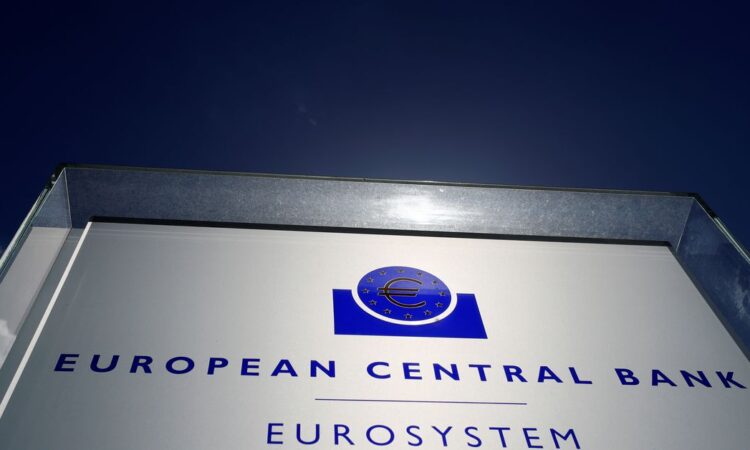
WASHINGTON/MADRID, April 12 (Reuters) – European Central Bank policymakers made the case for more rate hikes on Wednesday but offered contrasting views on just how much more tightening is needed, suggesting that the debate over the bank’s next move is not yet settled.
The ECB has raised rates at every meeting since July to fight stubbornly high inflation, but stopped offering guidance after turmoil in the banking sector last month upended its outlook just days before its policy meeting.
With this financial volatility now seemingly largely settled, policymakers seem overwhelmingly in favour of more policy tightening. But that is where the consensus appears to end.
“We may possibly still have a little way to go on rate hikes at our next meetings, though I think it premature to decide now what we will do in May,” French central bank chief Francois Villeroy de Galhau said in a speech in Washington.
But Austria’s Robert Holzmann, the most outspoken conservative on the ECB’s rate-setting Governing Council, took a more hawkish view.
“The persistence of inflation currently argues for another 50 basis points (in May),” Holzmann told German newspaper Boersen Zeitung. “We must continue to act decisively and continue to raise key interest rates noticeably even beyond May.”
Markets see another 75 basis points of rate hikes by September but investors are split whether that would be done in two or three steps. While a 25 basis point increase is fully priced in for May 4, bets for a larger increase have been rising in recent days.
The problem is that underlying inflation, which filters our volatile food fuel prices is still rising, pointing to a more persistent problem in price growth.
“We believe core inflation provides a better signal of medium-term inflationary trends,” ECB Vice President Luis de Guindos said in Madrid. “Headline inflation will continue to decelerate but on core inflation we are not so optimistic.”
Core inflation hit a record high 5.7% last month and could still rise further before it starts falling. That is a problem because core is an indicator on the durability of inflation and when it becomes sticky, that signals a growing risk that overall price growth gets stuck above the ECB’s 2% target.
Villeroy added that policy tightening can finally end when the ECB is confident enough that underlying inflation pressures are starting to ease.
“A turnaround in the trajectory of underlying inflation – be it actual or expected with sufficient certainty –, should be a trigger for stabilising our rates,” Villeroy added.
Reporting by Emma Pinedo Gonzalez and Jesus Aguado; writing by Balazs Koranyi; editing by John Stonestreet
Our Standards: The Thomson Reuters Trust Principles.






